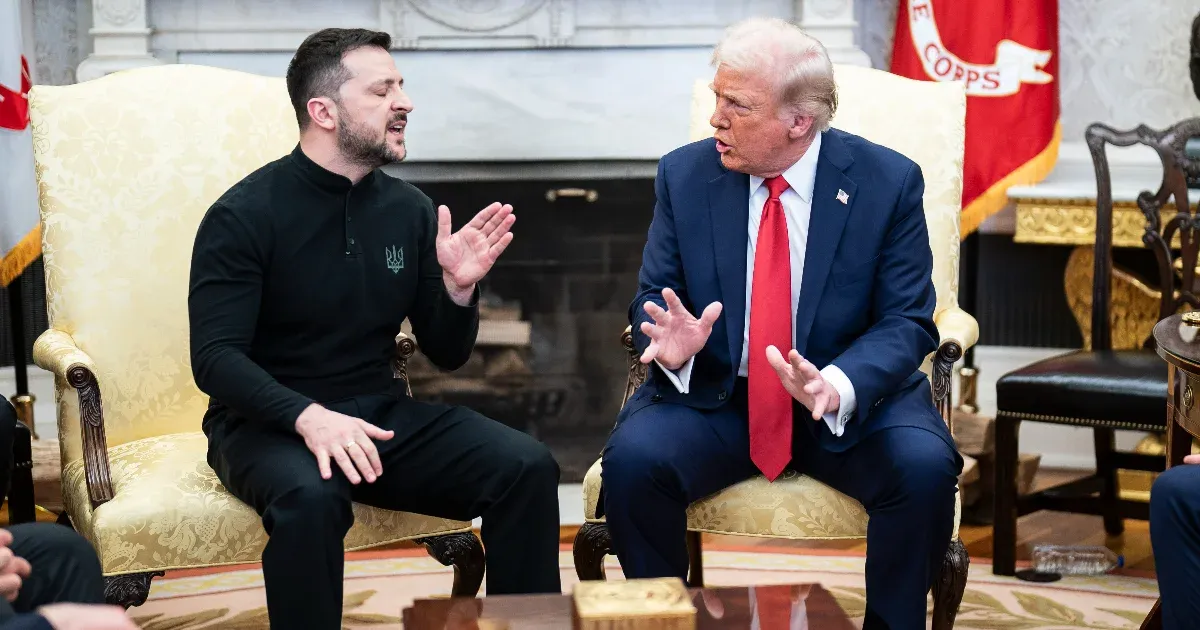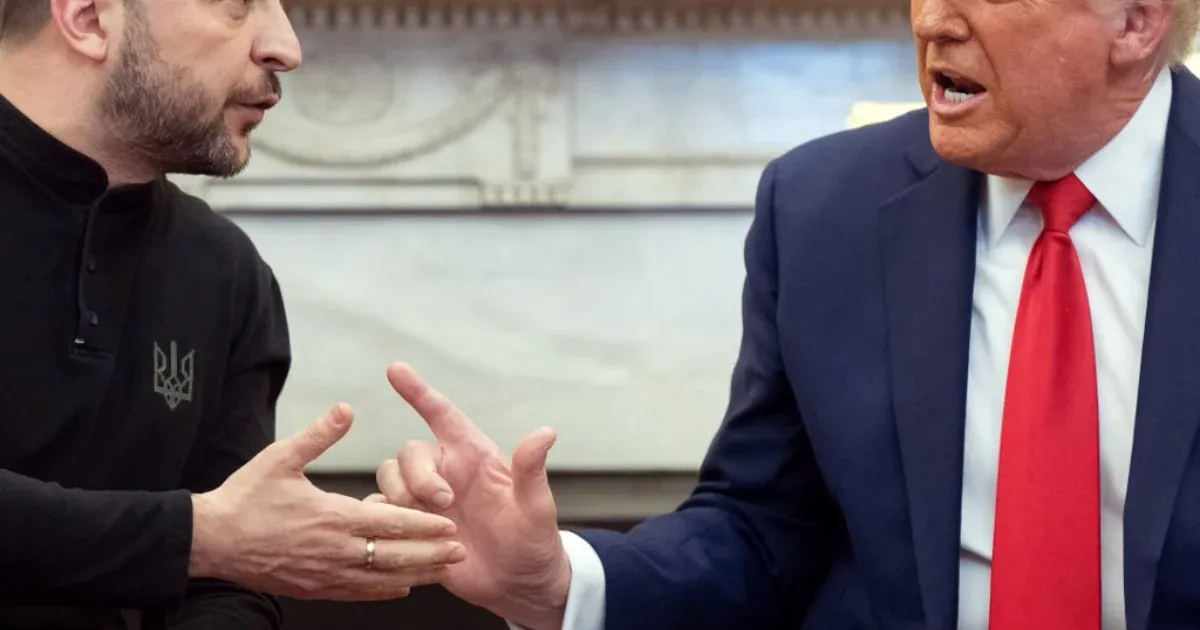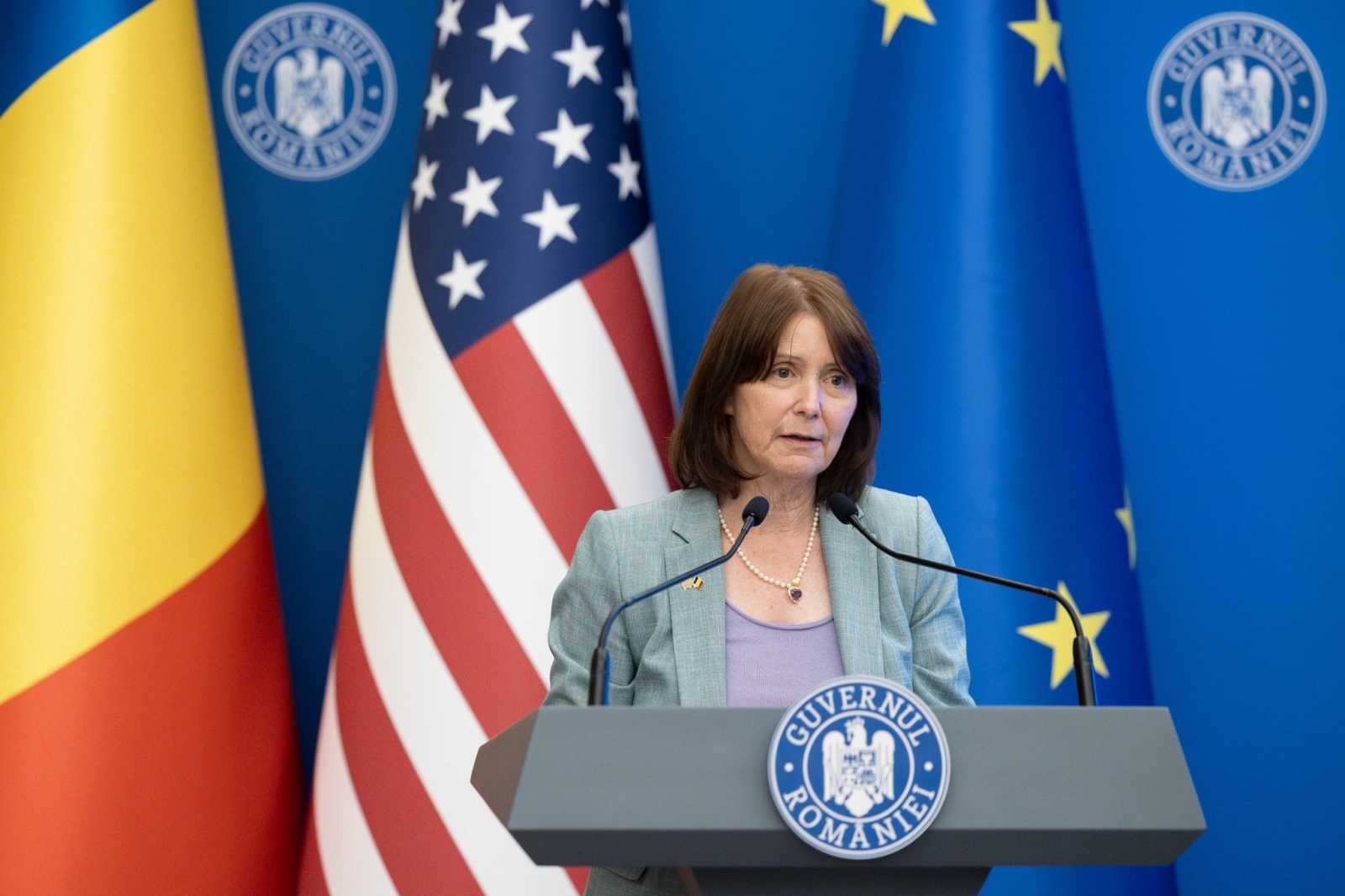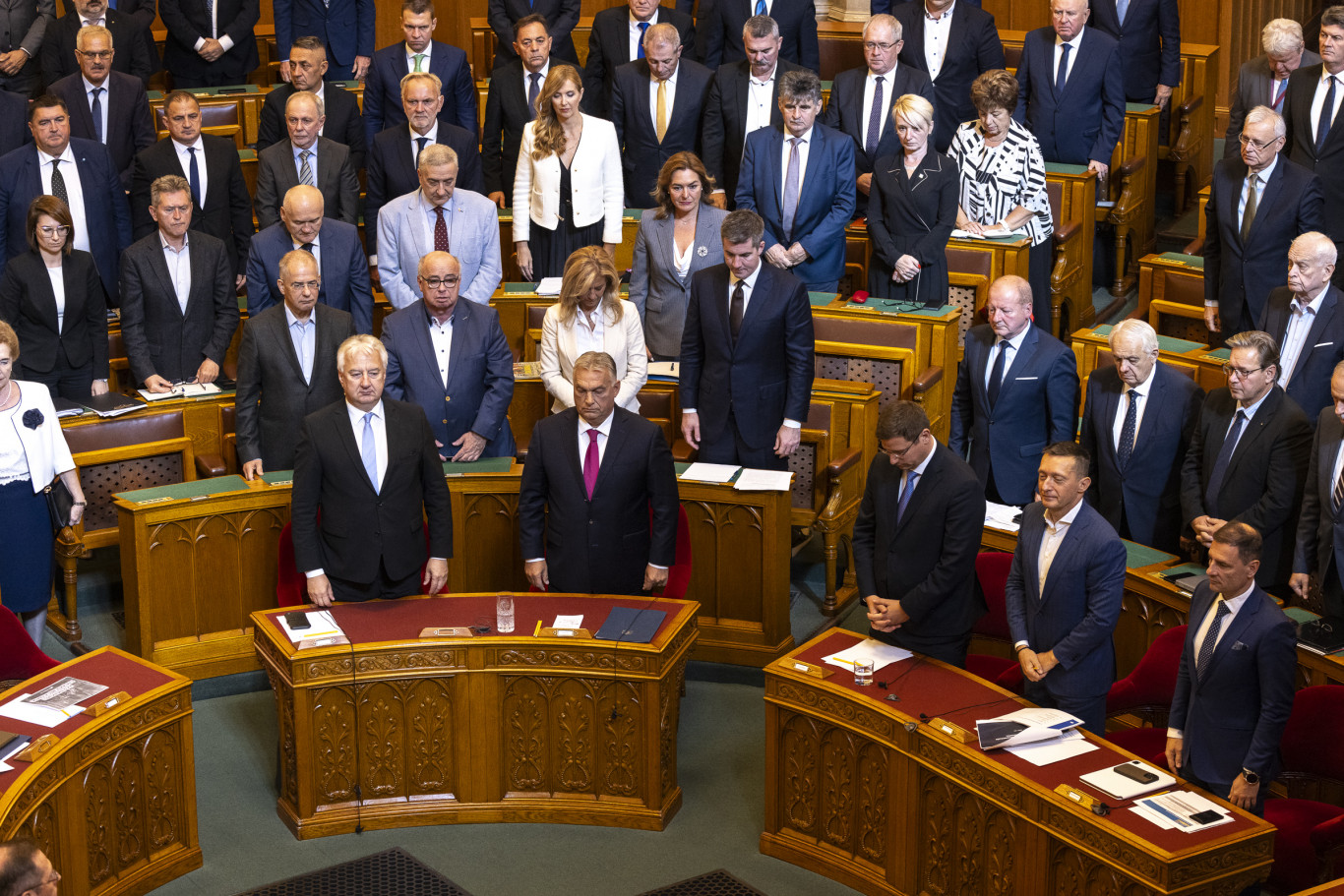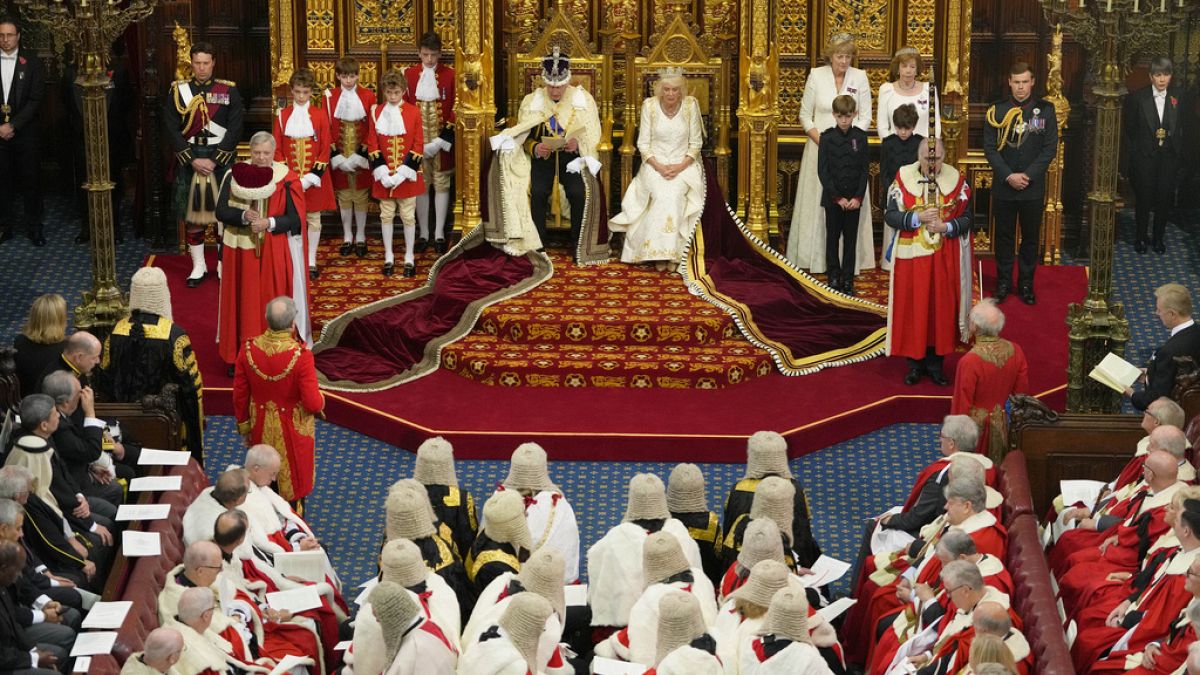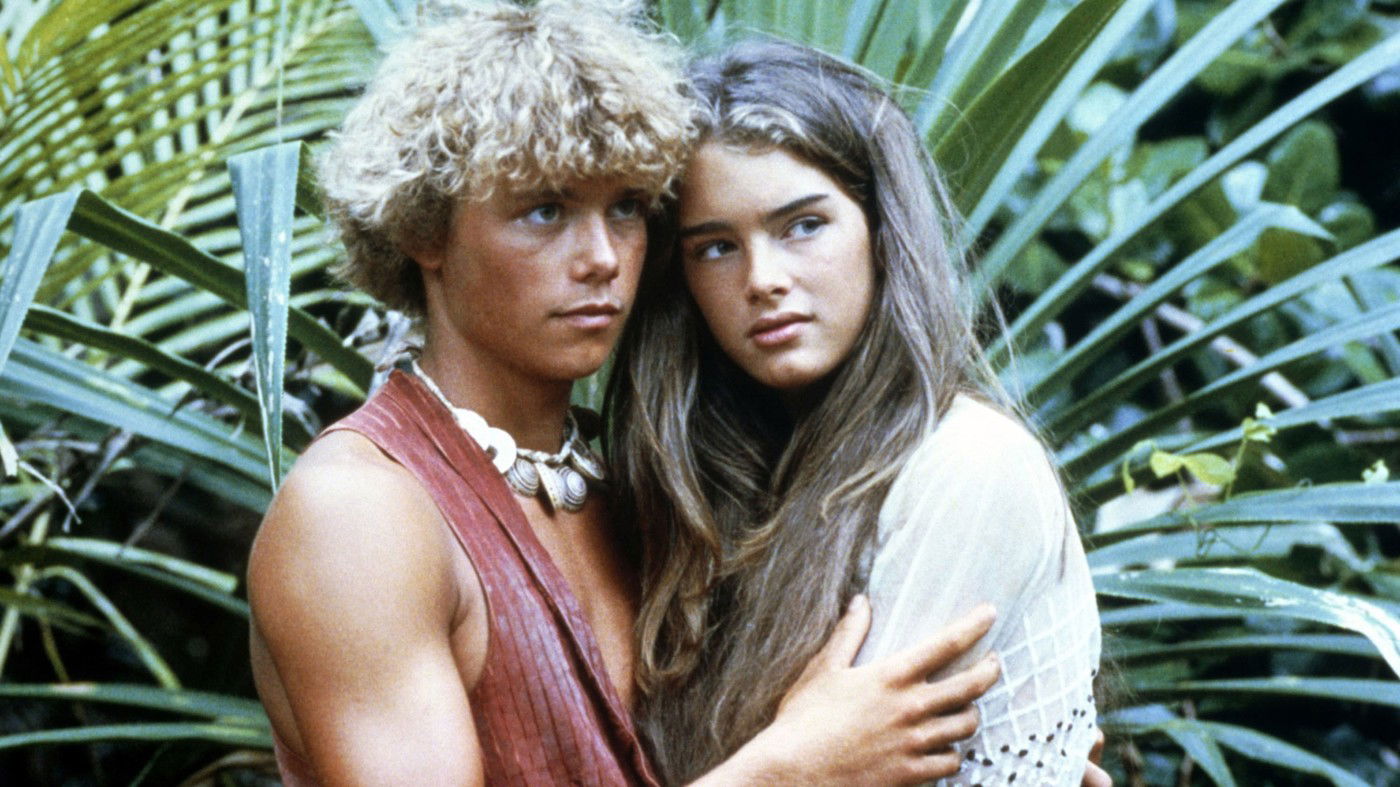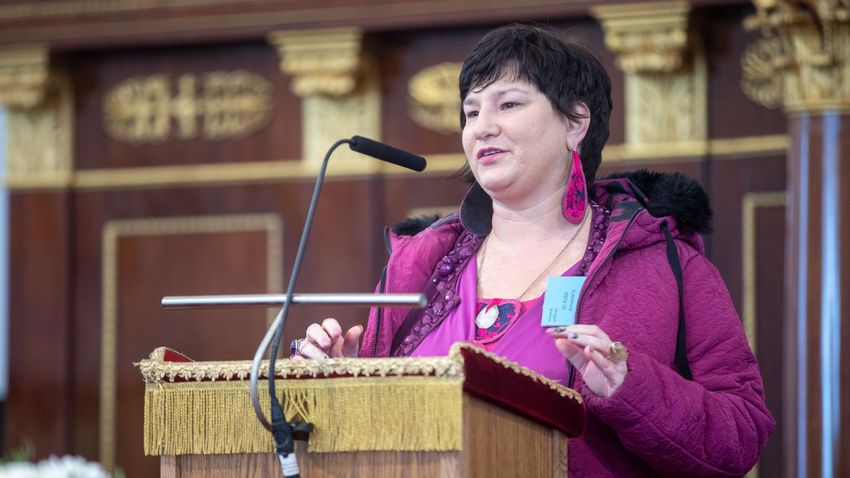Recently, the Trans Tissa Reformed Diocese held a meeting of teachers of faith. In addition to joint dedication and singing, attendees can also benefit from performances. At the event, psychologist Annamaria Kadar spoke about the power of stories, which the experienced expert also told in our paper.
Peruvian writer and Nobel laureate Mario Vargas quotes Annamaria Cadar: “The oldest activity of man is storytelling.” He said we were born into a world intertwined with stories and tales, which over time also connect us.
Our lives are nothing more than retelling and rewriting. Our stories survive, but the key to our immortality is to have at least one person to tell them more. One of the primary reasons for this is to find meaning in everything we go through in our lives.
make reality
The psychologist also pointed out that we are all trying to create a heroic narrative, a “myth,” that clarifies the essence of our lives, guides us along the way, and through this interpretation we arrive at the formation of our self-image. This is how we give meaning to our lives, which in this approach is nothing more than a narrative achievement. According to the expert, developing a coherent life story is essential: this is how we create our psychological well-being, and this is one of the conditions for us to be able to thrive in the world.
Drawing on our memories, we redefine ourselves over and over, constantly recreate our identity, while looking at ourselves from the outside, giving our own interpretation of our experiences, feelings, and behaviour. When we retell stories, we don’t just organize events, we prioritize them as well. By turning the story, of course, it “constricts”, but at the same time the world is flattened. Thus, the story of our lives is in fact a personal testimony of what events became worth preserving, he emphasized.
Annamária Kádár believes that our personal narration is not just a recollection of events, but also an assessment of the narrator and others, so that we create our own personal and shared past through narration.
It’s the way we say it
When we hear a story, we all act like naive psychologists, projecting our own thoughts and knowledge on them, and thus those who construct meaning themselves. That is, we not only describe or listen to events, but also create reality. As Gabriel Garcia Marquez wrote in his autobiographical account To Tell My Life, “Life is not what a person has experienced, but what he or she remembers when he or she wants to tell.” When asked how a faith teacher can best reach church members and faith-interested youth who are open to religion, the following answer was given.
The teacher of faith must be creative, rich in ideas, and flexible in order to find the common denominator with which the stories relate. If your joy radiates to children and youth who are open to church and religion, you can reach out to them. The most important thing is for the teacher of faith to be credible and identical to himself. Personal stories that boldly show weaknesses also have tremendous strength
pointed out. If we do not try to hide our mistakes, fears, insecurities, and failures, it is our own weakness that makes us beautiful and lovable in the eyes of others. If we do not abide by the ideals we think we ought to be, but dare to show our true selves, then this only radiates strength and self-confidence, and is far more attractive than a perfectly polished, artificial image.
But is there a common union, a cross-section between psychology, religious education, and sermons?
According to Annamária Kádár, our stories convey in their basic structure the system of relationships in which we deal with the world. That’s why, as a parent, educator, religion educator, and psychologist, we have a huge role to play in telling our children about life, ourselves, our fellow human beings, experiences, and struggles.
“Is the world a good place to be born?” To quote my favorite children: This world is as round as Sari Brick. Round is round, this world is beautiful. Is it worth getting started, exploring, overcoming difficulties, asking for help and accepting? Or is the world a place full of dangers where it is unnecessary to fall into anything because we will fail anyway? It is important to realize that we convey this message not only to our words, but also – often unconsciously – to our children through our nonverbal cues and attitudes towards the world and other people. And the way we tell stories – through what we focus on – teaches them what to pay attention to and the stories they should tell themselves and others. Through the stories we tell, we establish children’s self-esteem.
Peter Szabolx


